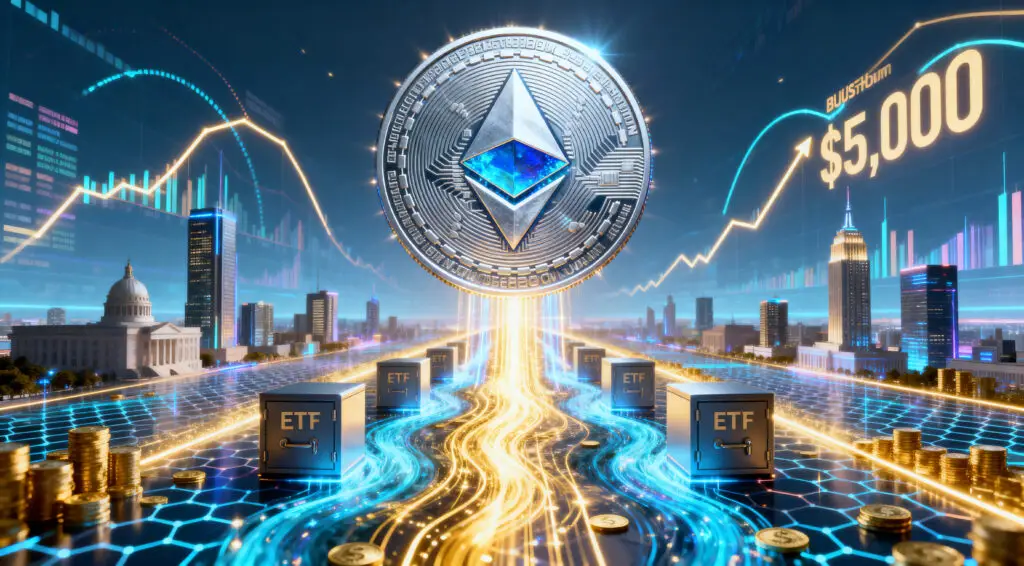Nvidia Broadens AI Horizons with New Tech and Strategic Partnerships
In a series of significant announcements at Computex 2025 in Taiwan, Nvidia CEO Jensen Huang unveiled new products and initiatives designed to keep the tech giant at the epicenter of the rapidly evolving artificial intelligence landscape. The moves signal Nvidia’s strategy to not only maintain its current dominance but also to expand its influence across the broader AI computing ecosystem.
Introducing NVLink Fusion: A Game Changer for AI Infrastructure
One of the most pivotal revelations was the “NVLink Fusion” program. This initiative marks a strategic shift for Nvidia, as it will now permit customers and partners to integrate non-Nvidia central processing units (CPUs) and graphics processing units (GPUs) with Nvidia’s own products using its proprietary NVLink technology. Previously, NVLink was an exclusive interconnect for Nvidia-made chips, facilitating high-speed data exchange between its GPUs and CPUs.
“NVLink Fusion is so that you can build semi-custom AI infrastructure, not just semi-custom chips,” Huang explained during his address at Asia’s largest electronics conference. He elaborated that this approach allows for the combination of Nvidia processors with various CPUs and application-specific integrated circuits (ASICs). “In any case, you have the benefit of using the NVLink infrastructure and the NVLink ecosystem,” Huang added, underscoring the flexibility offered to builders of AI systems.
Nvidia already boasts an impressive lineup of AI chipmaking partners for NVLink Fusion, including MediaTek, Marvell, Alchip, Astera Labs, Synopsys, and Cadence. Furthermore, major Nvidia customers like Fujitsu and Qualcomm Technologies will now be able to connect their third-party CPUs with Nvidia GPUs within their AI data centers.
A Strategic Move to Dominate Next-Generation AI Factories
According to Ray Wang, a Washington-based semiconductor and technology analyst, NVLink Fusion represents Nvidia’s ambition to penetrate the market segment of data centers based on ASICs, traditionally viewed as competitors. While Nvidia holds a commanding lead in GPUs for general AI training, many rivals, including some of its largest customers like cloud providers Google, Microsoft, and Amazon, are developing their own custom processors for more specific applications.
Wang told CNBC that NVLink Fusion “consolidates NVIDIA as the center of next-generation AI factories—even when those systems aren’t built entirely with NVIDIA chips.” He noted that this opens avenues for NVIDIA to cater to clients who aren’t building exclusively NVIDIA-based systems but still wish to incorporate its powerful GPUs. “If widely adopted, NVLink Fusion could broaden NVIDIA’s industry footprint by fostering deeper collaboration with custom CPU developers and ASIC designers in building the AI infrastructure of the future,” Wang commented.
Navigating Risks While Aiming for Greater Competitiveness
However, this new openness is not without potential downsides. Rolf Bulk, an equity research analyst at New Street Research, suggested that NVLink Fusion could inadvertently lower demand for Nvidia’s own CPUs by allowing customers to opt for alternatives. Despite this risk, Bulk believes that “at the system level, the added flexibility improves the competitiveness of Nvidia’s GPU-based solutions versus alternative emerging architectures, helping Nvidia to maintain its position at the center of AI computing.” Notably, major competitors such as Broadcom, AMD, and Intel are currently not part of the NVLink Fusion ecosystem.
Further Innovations and Expansions Unveiled
Beyond NVLink Fusion, Huang provided an update on Nvidia’s next-generation Grace Blackwell systems for AI workloads. The “GB300,” slated for release in the third quarter of this year, is expected to deliver higher overall system performance.
Nvidia also announced the new NVIDIA DGX Cloud Lepton, an AI platform featuring a compute marketplace. The company stated this platform “will connect the world’s AI developers with tens of thousands of GPUs from a global network of cloud providers.” In a press release, Nvidia elaborated, “DGX Cloud Lepton helps address the critical challenge of securing reliable, high-performance GPU resources by unifying access to cloud AI services and GPU capacity across the NVIDIA compute ecosystem.”
Strengthening Ties in Taiwan
Reinforcing its global presence, Huang also revealed plans for a new office in Taiwan. This expansion includes an AI supercomputer project in collaboration with Taiwan’s Foxconn, formally known as Hon Hai Technology Group, the world’s largest electronics manufacturer. “We are delighted to partner with Foxconn and Taiwan to help build Taiwan’s AI infrastructure and to support TSMC and other leading companies to advance innovation in the age of AI and robotics,” Huang stated, highlighting the strategic importance of the region in Nvidia’s future plans. These announcements collectively underscore Nvidia’s multifaceted strategy to innovate and collaborate, ensuring its continued leadership in the age of artificial intelligence.















